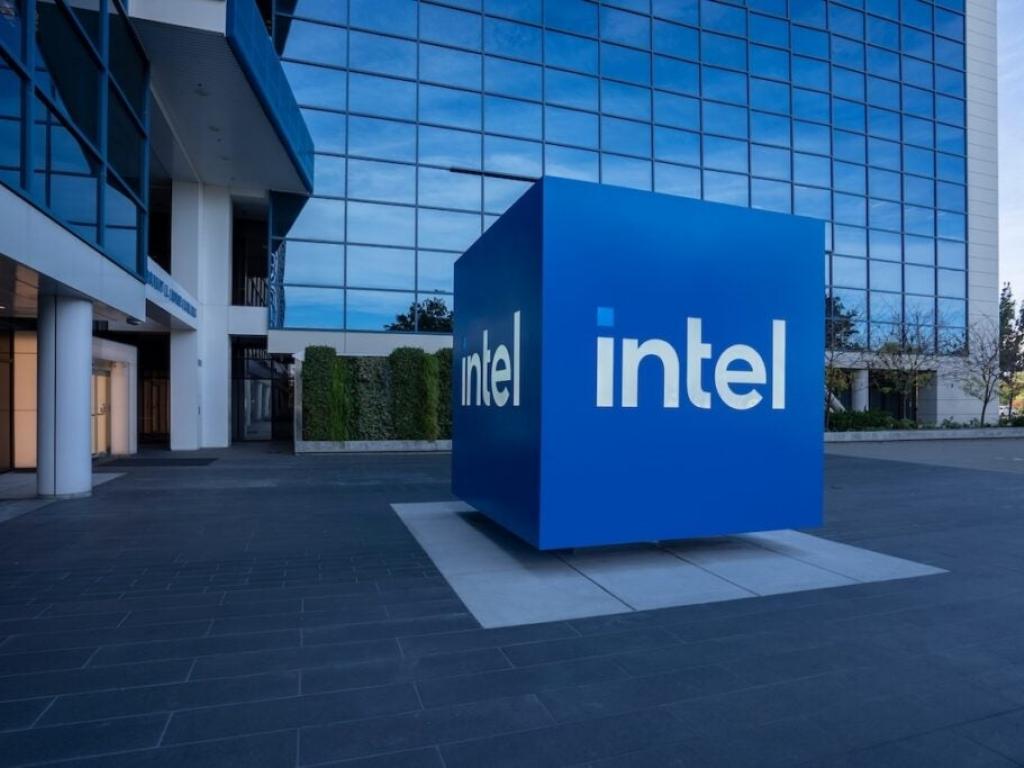Intel's State-Backed Future: What ETF Investors Need To Watch Now
Author: Chandrima Sanyal | September 06, 2025 08:30am
Semiconductor ETFs are now carrying a new risk factor: politics. Weeks after President Donald Trump announced an $8.9 billion, roughly 10% U.S. government stake in Intel Corp. (NASDAQ:INTC), fund managers are debating whether exposure to the chipmaker now brings policy-driven upside or geopolitical downside.
INTC stock is sliding today. Check the real-time prices.
Intel sits in the crosshairs of many chip funds. The VanEck Semiconductor ETF (NASDAQ:SMH), a concentrated play on large-cap chipmakers, holds Intel at about 3.8% of assets. The iShares Semiconductor ETF (NASDAQ:SOXX), another cap-weighted index fund, has a slightly higher weighting around 4.2%. Although firms like Nvidia Corp (NASDAQ:NVDA) and Advanced Micro Devices Inc (NASDAQ:AMD) influence the funds more heavily, Intel's performance still moves the needle.
Then there's the SPDR S&P Semiconductor ETF (NYSE:XSD), which equal-weights roughly 40 chip stocks. Intel's slice there is smaller, around 3%, but XSD's strategy means no single name can offset a sharp Intel drop. However, this can be an ideal ETF for investors interested in the sector but wary of Intel’s political risk premium.
Meanwhile, smaller niche products like the Invesco PHLX Semiconductor ETF (NASDAQ:SOXQ) and First Trust Nasdaq Semiconductor ETF (NASDAQ:FTXL) also keep Intel among their core holdings, albeit at 3.5–4.2%.
The bullish case: government backing may stabilize Intel's balance sheet, fund fabs faster, and restore some lost market share — all tailwinds for ETFs heavy in U.S.-based chip manufacturing. A resurgent Intel could broaden sector leadership beyond Nvidia and AMD, which dominate today's AI-fueled rally.
The bear case: politics can be messy. The Trump deal reportedly came without the strict conditions attached to the Biden-era CHIPS Act, as pointed out in a Forbes article. Critics from both parties, Sen. Rand Paul warning of "socialism," investor Kevin O'Leary arguing for letting "losers die", see risk in government meddling. Abroad, Chinese regulators could retaliate by steering demand away from U.S.-linked chips, potentially choking off one of Intel's largest markets. Intel’s ties to the U.S. government have already hurt demand there. A direct U.S. stake will likely accelerate China's efforts to replace Intel chips with local alternatives.
For now, performance in SMH, SOXX, and XSD remains steady, buoyed by Nvidia's dominance and AI optimism (despite the recent AI jitters). But Intel's next earnings report, and any hint of political strings, could influence the risk profile of chip ETFs.
Read Next:
Posted In: AMD FTXL INTC NVDA SMH SOXQ SOXX XSD





